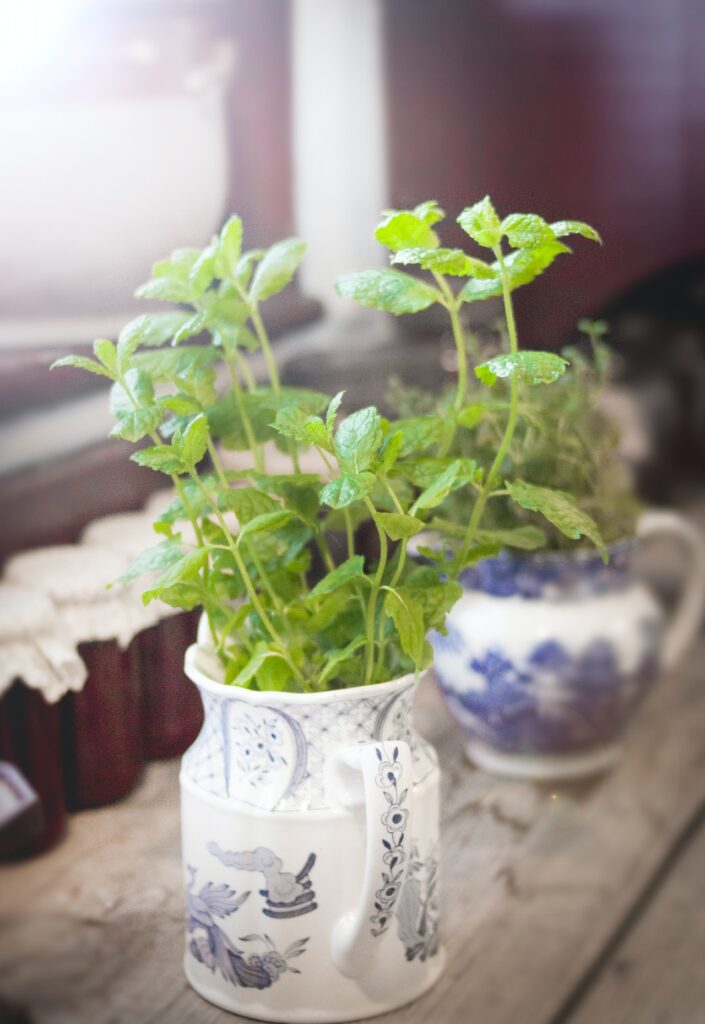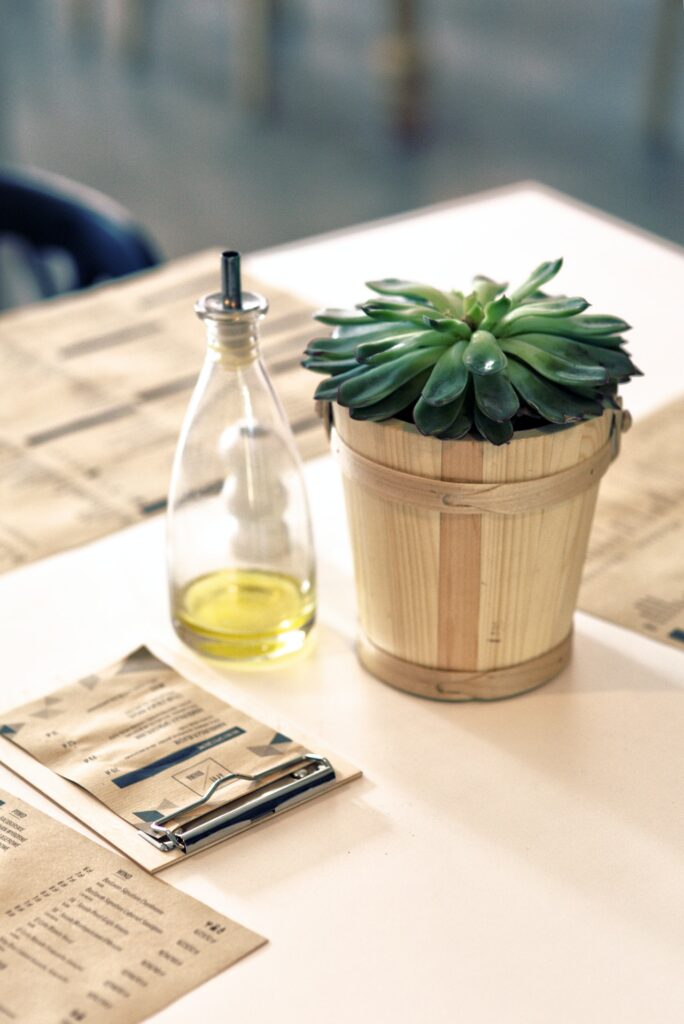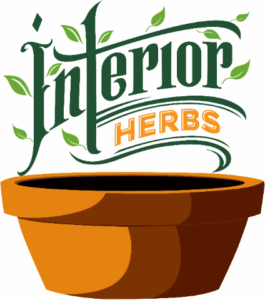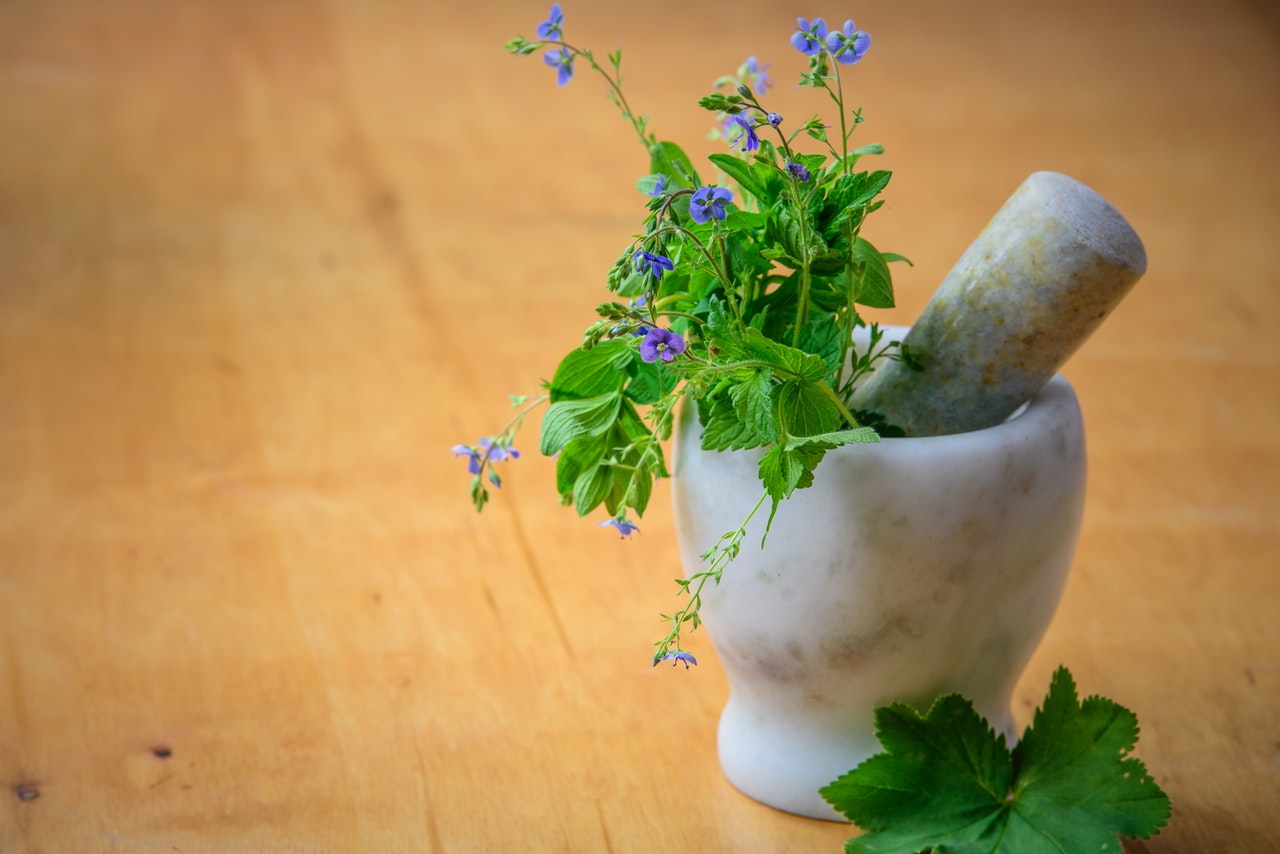Having an indoor garden is a great way to enhance your home decor. It also has several other benefits. Many indoor plants act as air purifiers, toxin removing agents and pest repellents. They are also known to boost memory, improve focus, and aid in recovery from injury.
With so many amazing uses, indoor plants have seen an increase in demand. Indoor medicinal herbs are one such category of indoor plants that have been sought after, by gardening enthusiasts.
Farming indoor medicinal herbs would help a gardener in many ways. Most of the medicinal herbs that can be farmed indoors, are visually appealing. A huge lot among them are air purifiers too.
Suffice to say that these medicinal herbs provide medical benefits apart from the uses of indoor plants. This makes them very popular among gardeners. So, let us understand how to farm indoor medicinal herbs.
- How many plants
- Invasive species
- Plant needs
- Watering
- Root care
- Organic protection
- Mulching
How Many Plants For You
This is the very first and often the most important step. Too often, gardeners plant more plants then they can afford to care for. This can fire back. Ideally, planting 4-5 plants in one go is the right way. Once you become accustomed to the needs and requirements of medicinal herbs, you can expand your collection. If you are wondering what plants should be given preference during first instalment, here are some ideas:-
- Coneflowers (Echinacea)- These plants are known for the medicinal properties of their roots. They are the ideal starters for gardeners who want to farm an indoor medicinal herb garden. It is also used in tea to boost the immune system.
- Roman Chamomile ( Chamamelum nobile)- These plants are used to treat muscle spasm, inflammation and tension.
- Lemon Balm (Melissa officinalis) – This indoor medicinal herb is used to treat insomnia, anxiety and gastrointestinal problems. Its leaves can be dried and made into a tasty tea.
- Peppermint (Mentha pipperita)- This indoor medicinal herb is a hybrid mint plant. It is used for nausea, muscle spasms and fever.
- Valerian (Valeriana officinalis) – Used for nerve relaxation.
Once you have selected your first batch, then you can consult local gardeners about the best options among them. They would help you choose the plants that would adapt easily to your home’s conditions. After that, you can start planting them.#

Invasive Species
Invasive plant species can take over a garden real quick. You should plant them in separate pots and keep them away from each other.
If you are ever unsure, look up native plants in your area. If you don’t see the plant you wish to get in that list, consider it an invasive species. By and large invasive species don’t do well in habitats that are different from their own native habitats but there are exceptions.
Plants are also notoriously hard to contain as many have different methods of seed dispersal. Keeping them indoors will help mitigate that risk.
Plant Needs And Requirements
We now address the elephant in the room, that is the requirements of indoor medicinal herbs. Like all other indoor plants, medicinal herbs require adequate sunlight, proper drainage and the right kind of soil for their growth.
So, the first thing that you should take care of, is the location where you plant your herbs. The right location would allow them to receive proper sunlight.
It is recommended that you grow medicinal herbs near the kitchen window. That is so because not only will they get fresh air, they can easily be used to make tea if required. One or 2 medicinal herbs can be planted near the kitchen. The rest can be installed in the indoor garden.
The indoor garden hack that can be used here is that you can plant these herbs around the periphery of your garden. The strongly scented herbs will protect vulnerable plants from insects.
Most indoor medicinal herbs require good sunlight. One point that needs to be taken into consideration is that sunlight duration differs in summers and winters. Shading occurs differently too. So set your plants accordingly in every season. If they do not get optimum amount of sunlight, it would result in stunted growth and diminished returns.
The next thing they need is nutrients from the soil. Namely- Nitrogen, Potassium and Phosphorus. Work on improving the amount of trace elements in the soil too. Adding manure and compost on a timely basis does wonders for your indoor medicinal herbs. To find out more about soils, read this article.
Not only this, it is also recommended that you use the soil to create a mini ecosystem. This would help worms, insects and soil bacteria to live in the environment too.
Surprised? Why are we talking about worms being good? Well the truth is that worm castings and worm juice is beneficial for medicinal herbs. Especially for all the herbs in pots, this can act as a great energy boost.
Medicinal herbs do not need much feeding. On the contrary, over feeding can lead to floppy leaves. This will result in a less intense flavor whenever the leaves are used.
Watering Indoor Medicinal Herbs
Optimum watering and adequate drainage are absolutely essential for medicinal herbs. They thrive on proper watering sessions. Most medicinal herbs are tough and can withstand being dry for considerable periods of time.
Rosemary, Lavender, Thyme, and other indoor medicinal herbs which are from the Mediterranean, are able to survive in adverse conditions. Once you get acquainted with most medicinal herbs, you would be able to tell which ones require water and which ones do not.
Plants such as Marigolds will start showing out signs like dropping out. This can serve as a guide that your plants are in need of more water than the amount they are currently being allotted.
The amount or water and the frequency of the watering sessions also depends on the type of soil they have been planted in. For more information on how to make sure you have proper drainage for your plants, read this article.
Root Care
Adequate drainage makes up for dry roots. Dry roots lead to proper transport of nutrients. It also prevents root rot. Improve drainage by providing humus to the soil.
Most of the medical properties of these plants need optimum nutrient absorption from the soil. In heavy soils, humus opens up the structure and promotes drainage. In sandy soil it packs the structure and holds water. Letting oxygen reach the roots allows them to breathe freely and work properly.
Organic Protection
Just like other indoor plants, medicinal herbs are vulnerable to insect attacks too. While scented medicinal herbs are able to fend off most of the insects, they are still a prey for many pests. Caterpillars should be picked off and either squashed or dropped into a bucket of soapy water.
You can also sprinkle a ring of sawdust or wood ash around young herbs to protect them from snails and slugs. You can also place a jar over them in midnight and remove it in the morning.
Cutworms bite through the stem of indoor medicinal herbs. If you cut out the base of a yogurt container and place it around these plants, it will protect them. Push these containers in the soil for a couple of centimetres. Another problem that arises by having worms in the soil is the attack of birds.
Birds can actively attack young herbs. They will dig up the soil in search of insects. While the basic solution for this rare issue is closing the window, we all know that it is not practical. What you can do instead is cut the bottoms out of plastic plant pots and put them around these plants until they are well established.
Mulching
You can reduce the need of water in summers by mulching. Organic mulches will break down and add nutrients to the mix. Adding them in spring or autumn works well as this will give them enough time to break down and provide nutrients.
Plants can use the nutrients provided by them for a long time. In this way, even if you are not able to meet the watering requirements of the indoor medicinal herbs, they can hold their ground for a little more time. You can choose from the different mulches available and decide what works the best for you.
In this manner, you can farm indoor medicinal herbs in your garden. These amazing plants need little care and give many benefits in return. They can easily provide you with their aid in various medical conditions. All they need in return is a little care and time. And if you give them that, your green buddies will help you for a long time.

Sam is a graduated biologist who sub-specialised in Botany in his final years. With a passion for human health and food, this was the perfect marriage of his interests. Having been born in the country but spent most of his life living in cities, this blog was his answer to learning how to grow a garden indoors if you didn’t have ample space outside.

